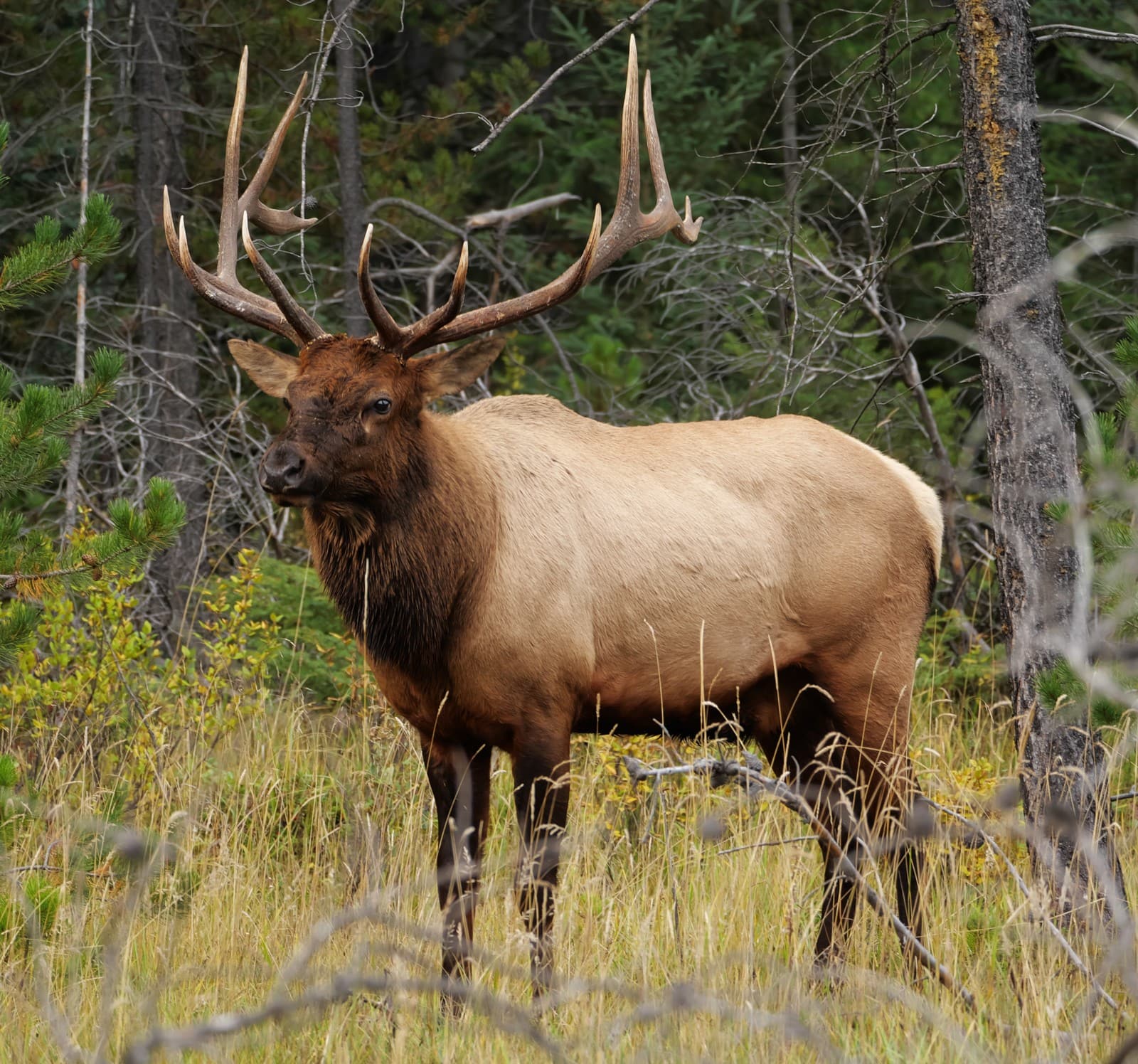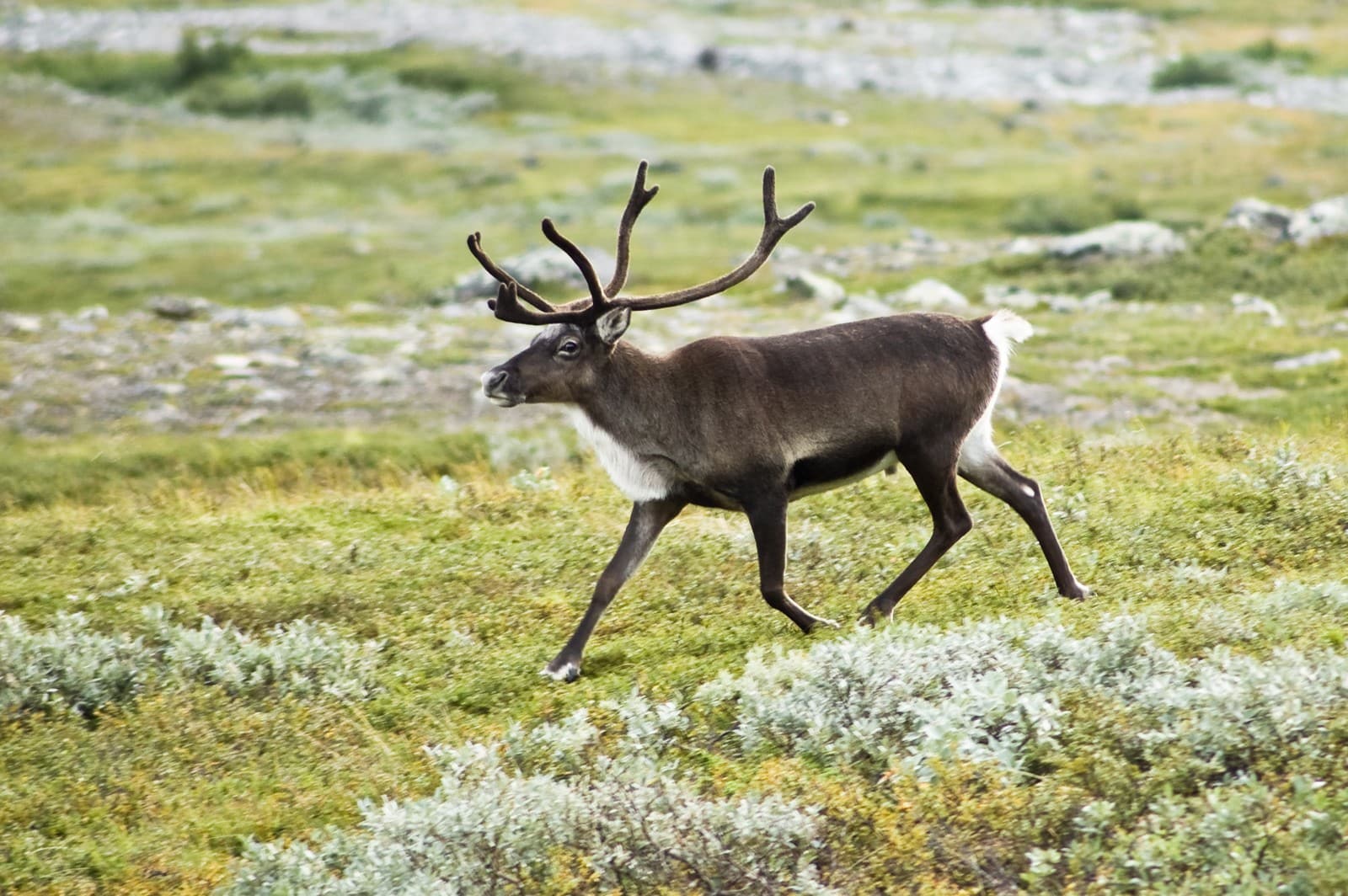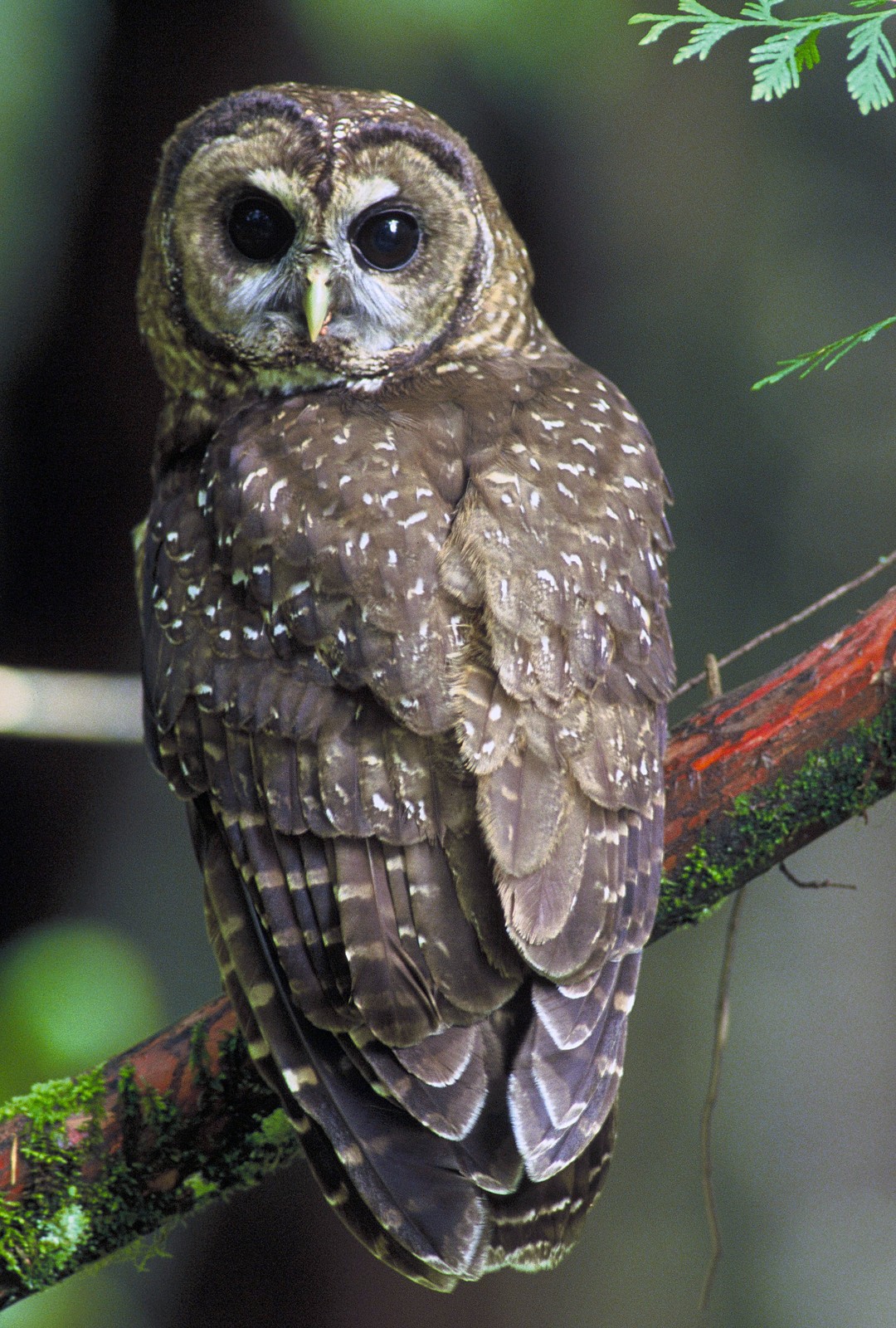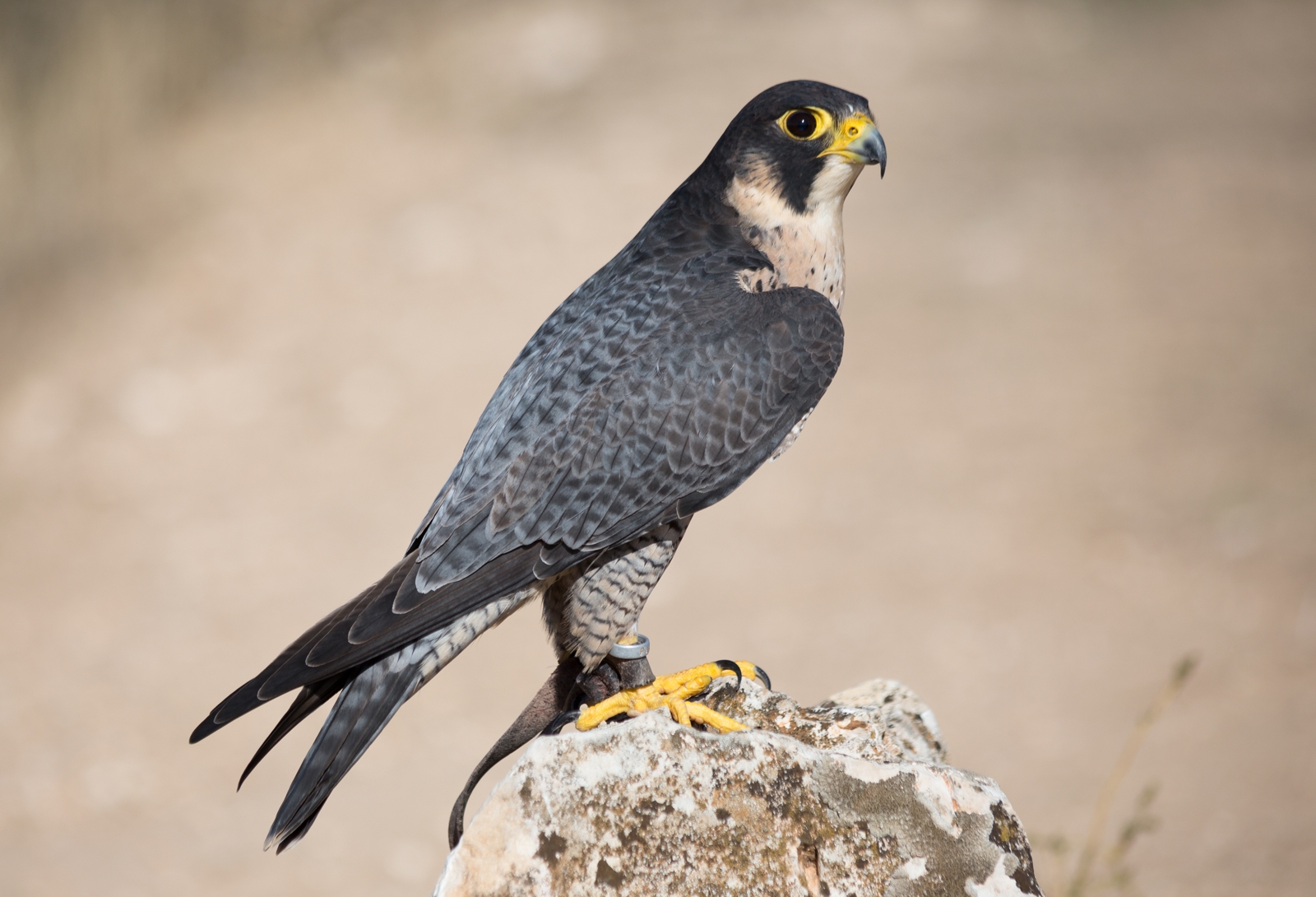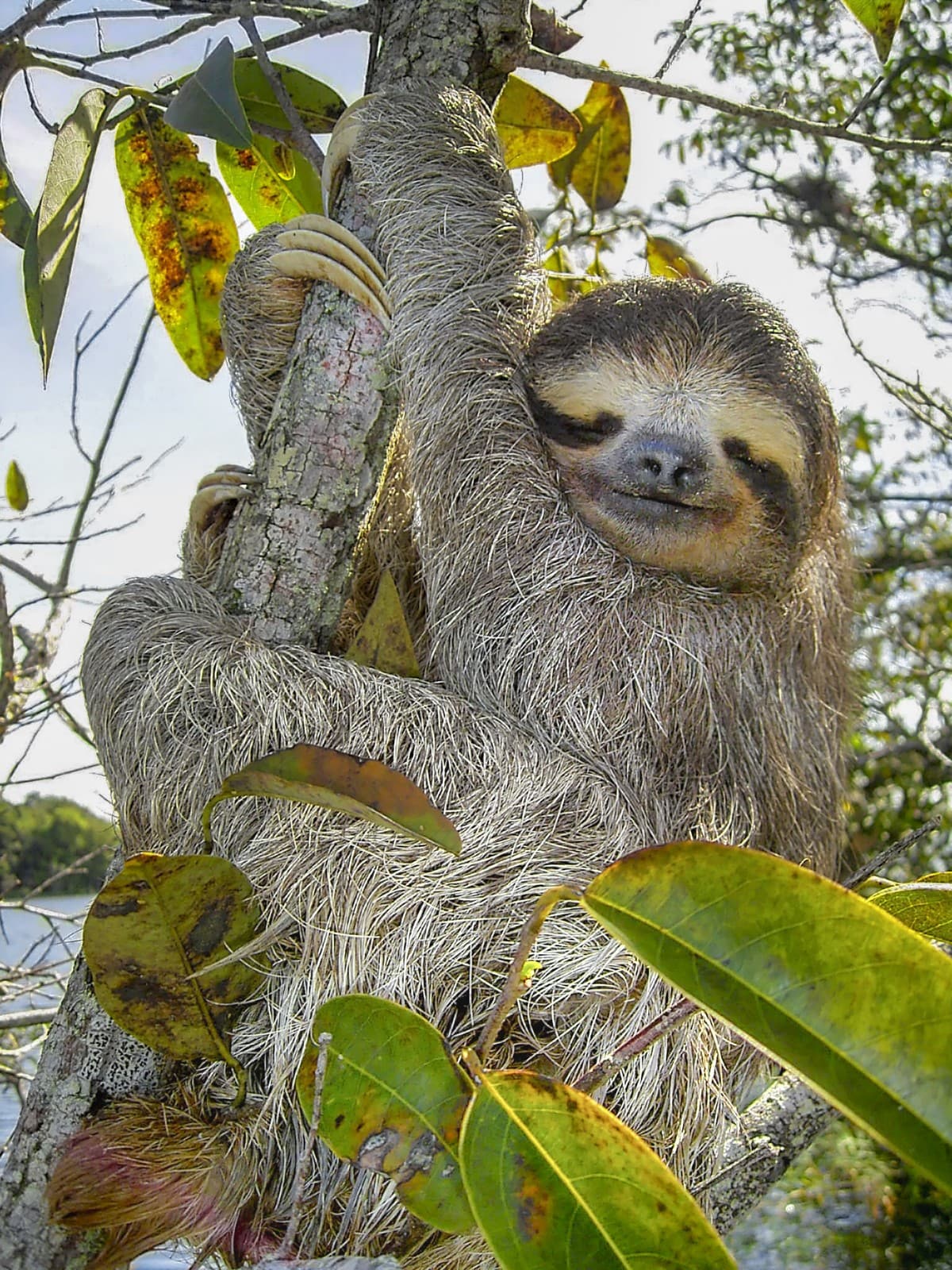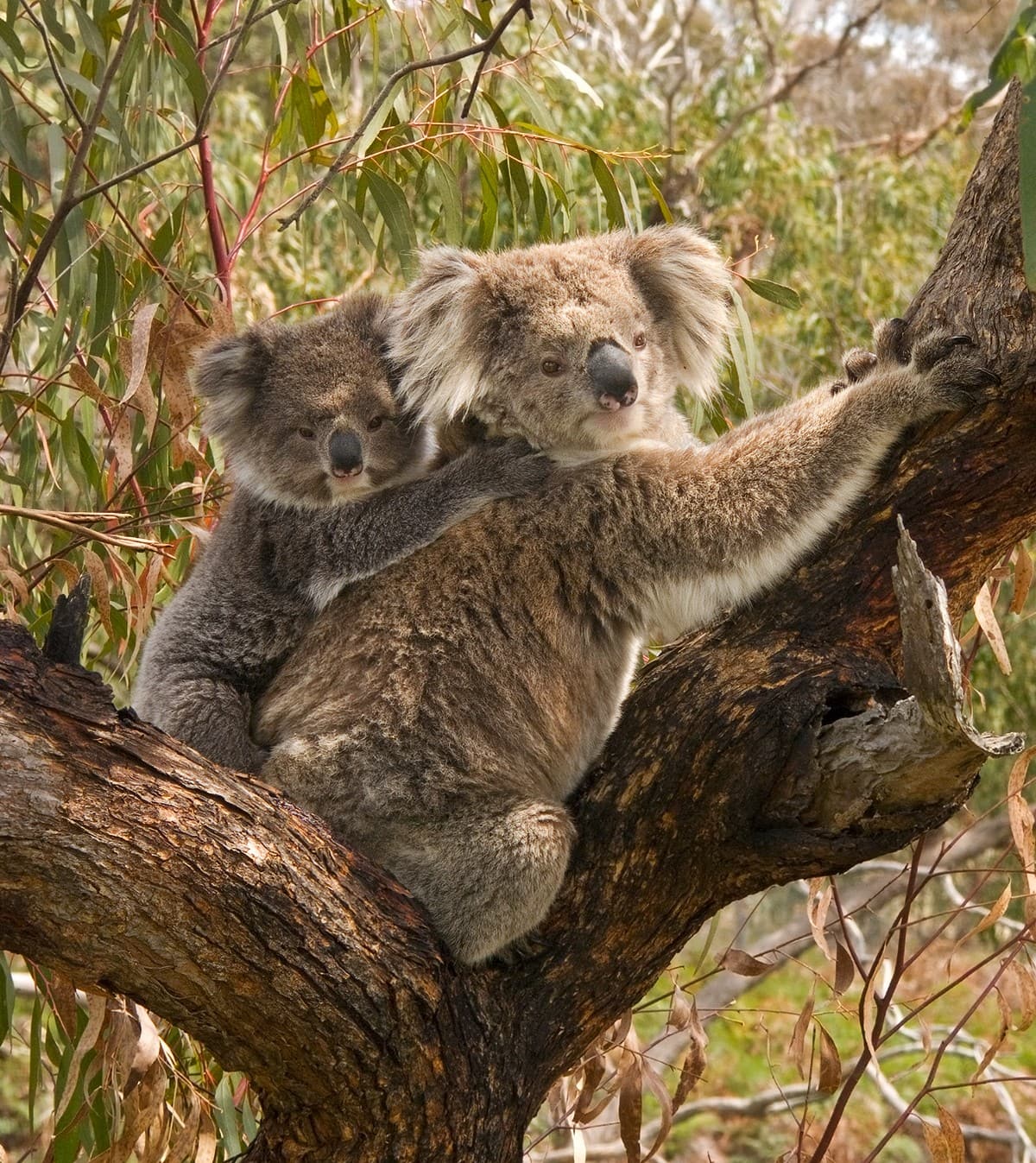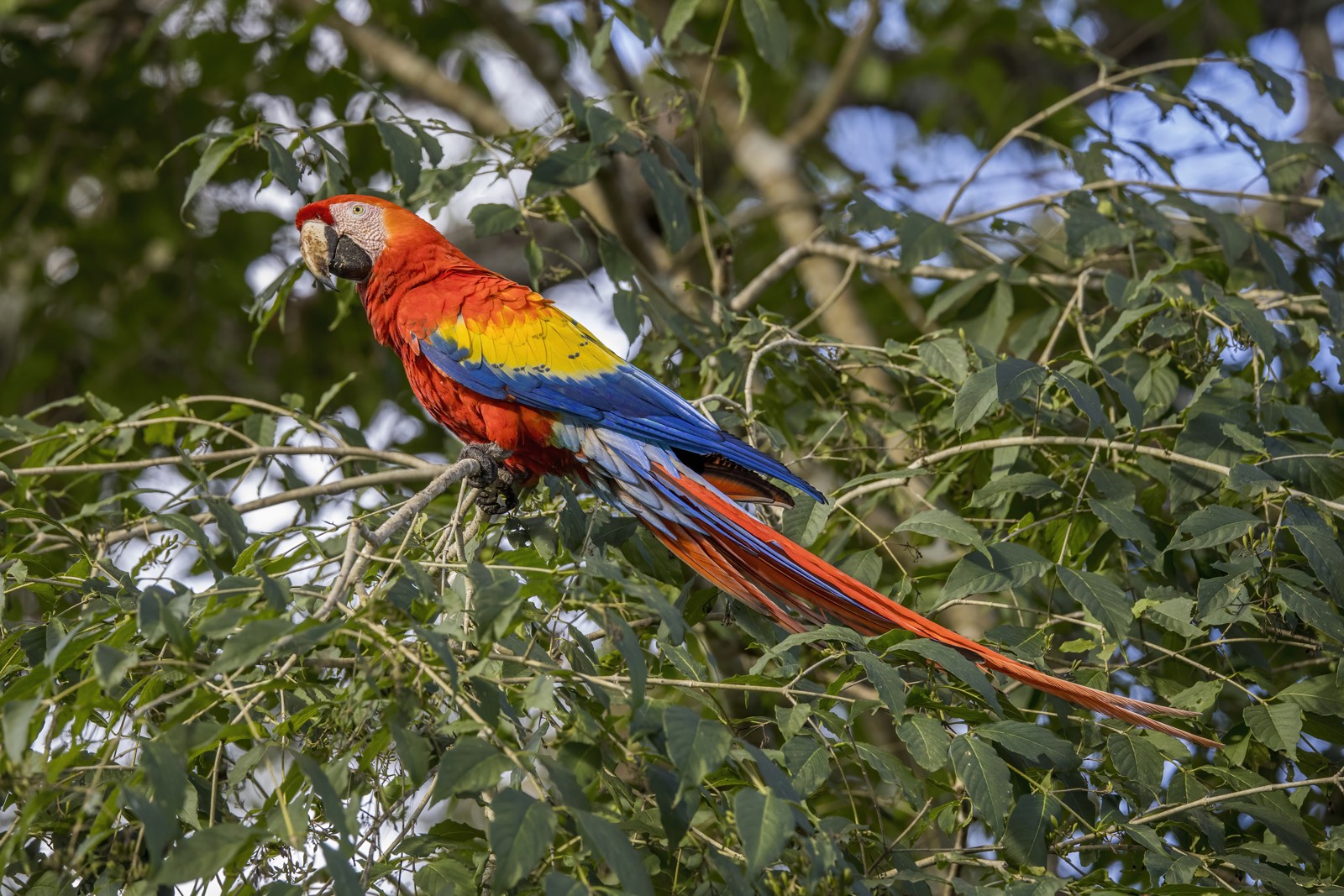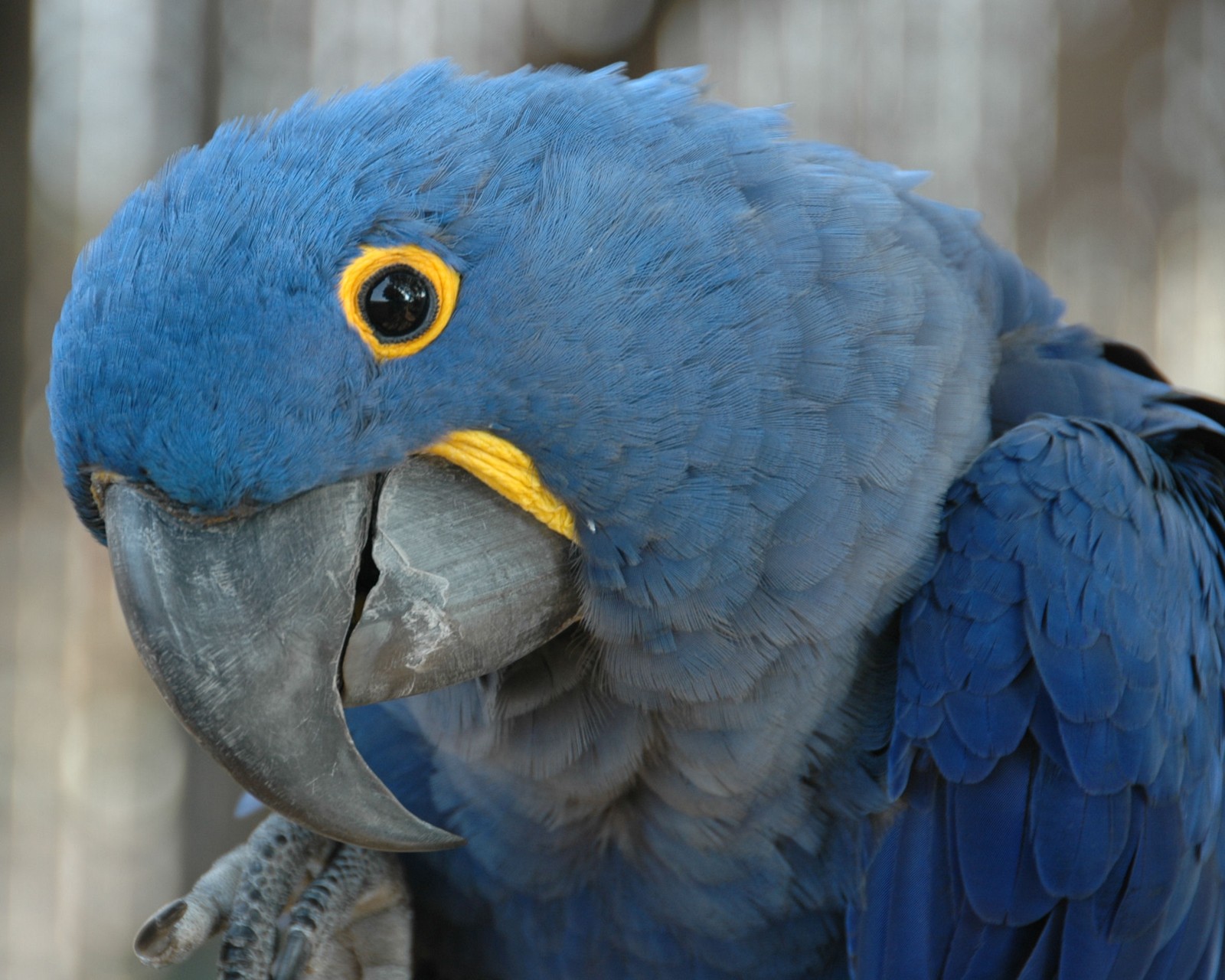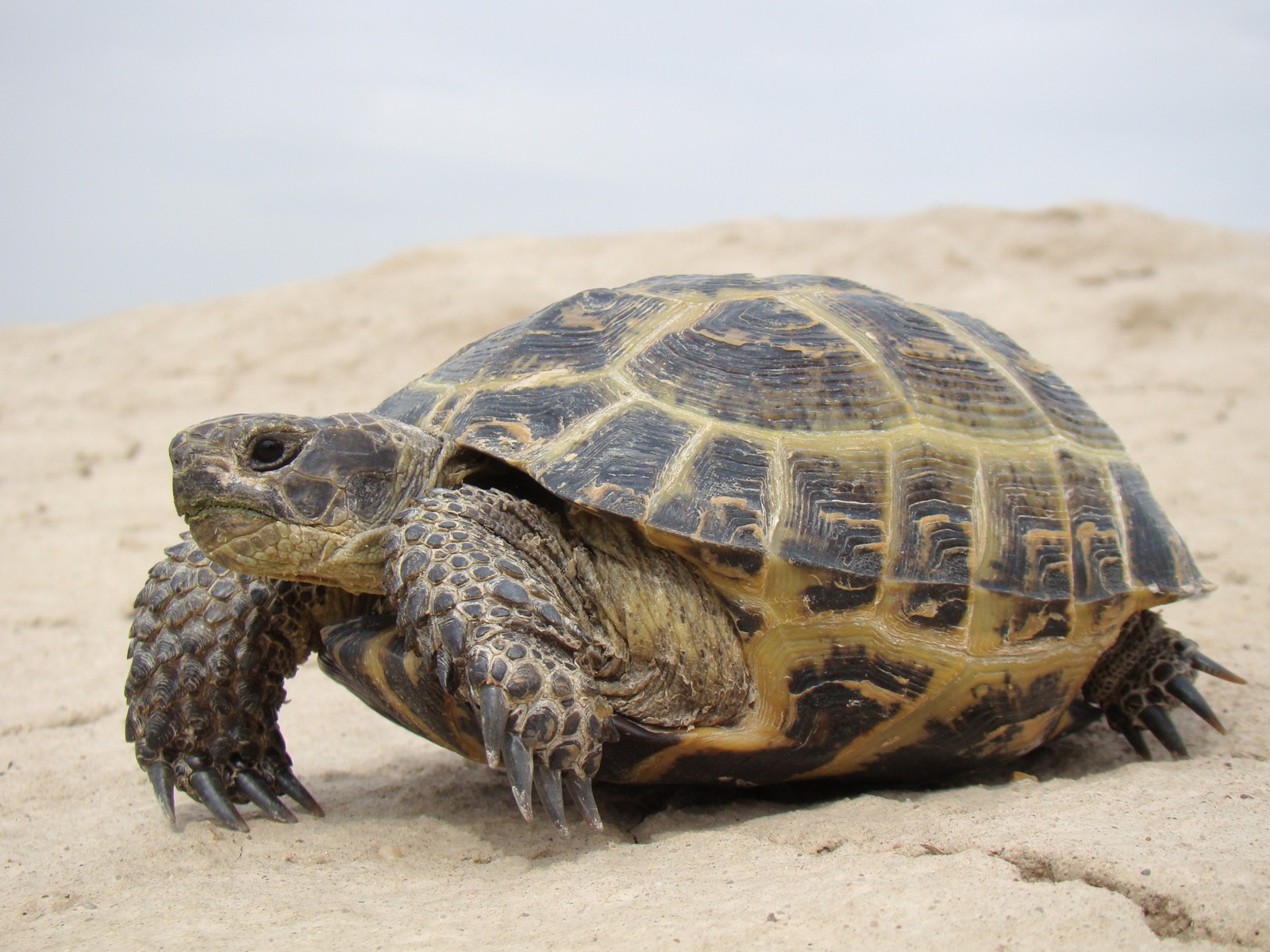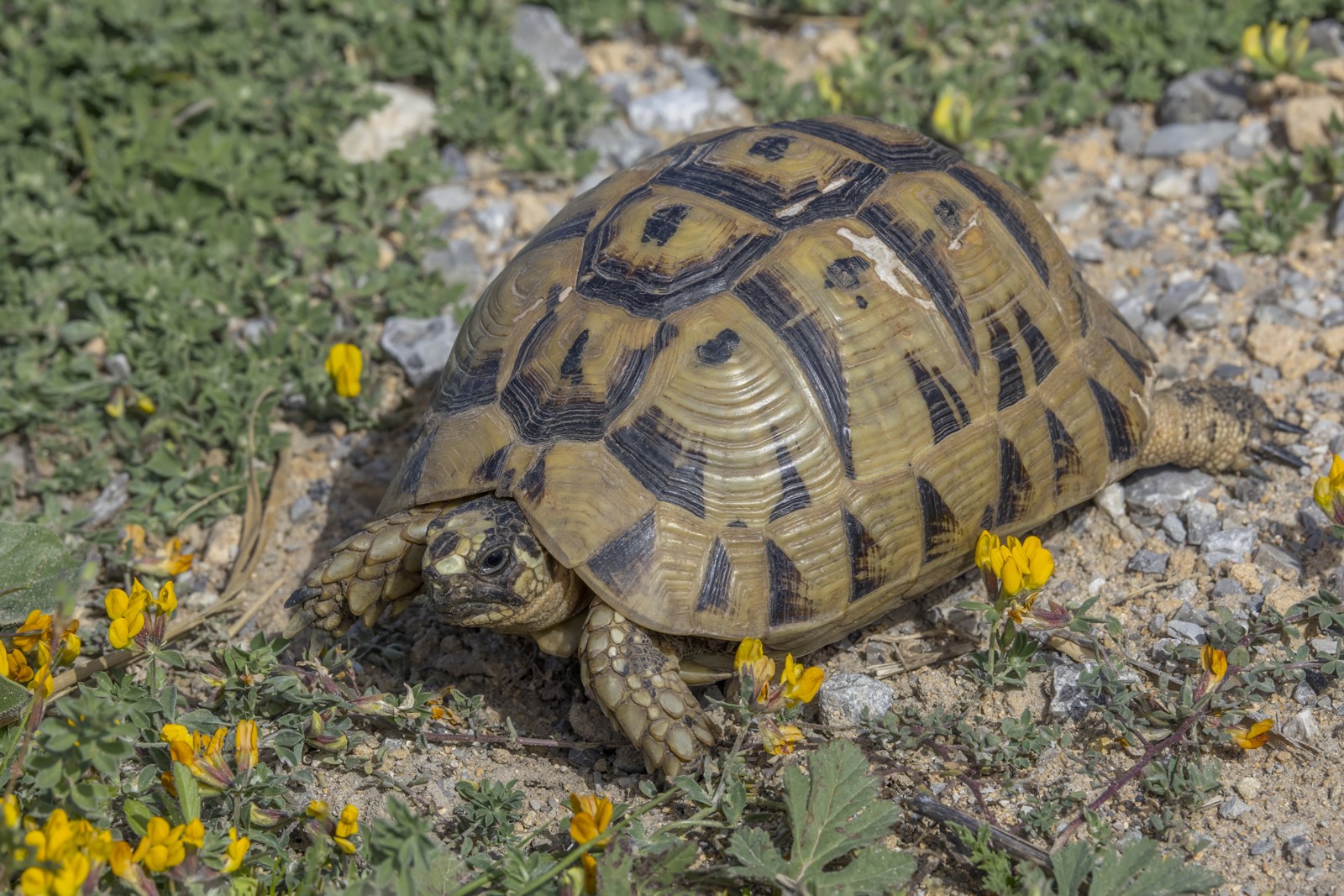Zebu vs Holstein Cow: A Complete Comparison
The Zebu and Holstein Cow represent two distinct evolutionary paths in cattle breeding, each adapted to vastly different environments and purposes. While the heat-tolerant Zebu thrives in tropical climates and can survive on sparse vegetation, the Holstein dominates global dairy production with yields averaging 28,000 pounds (12,700 kg) of milk annually.
These bovine breeds showcase remarkable differences in their physical characteristics and agricultural roles. The Zebu, distinguished by its prominent shoulder hump and upward-pointing horns, demonstrates superior heat tolerance and disease resistance. In contrast, the Holstein-Friesian has been selectively bred to maximize milk production, becoming the world’s most productive dairy breed.
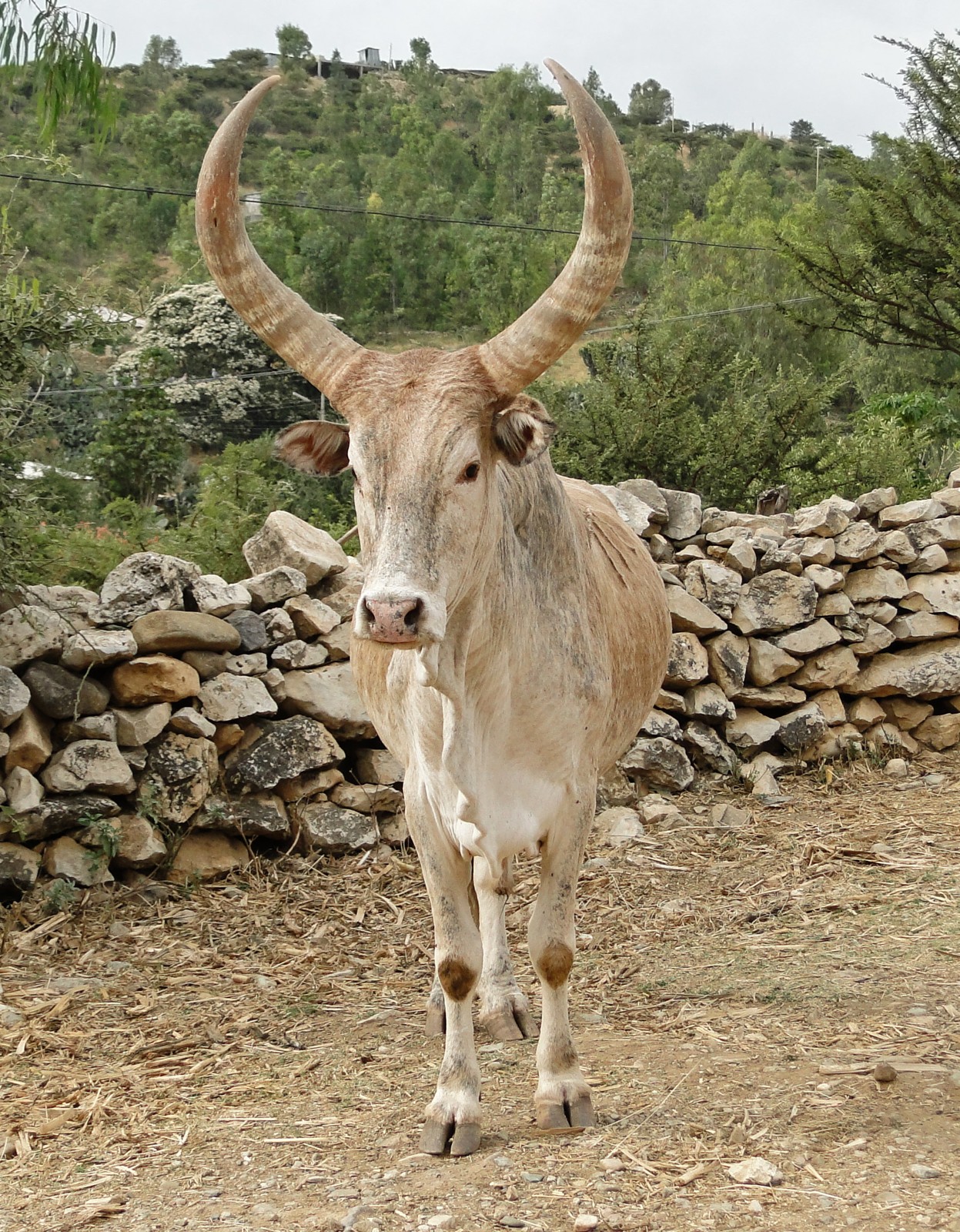
© Bernard Gagnon / CC BY-SA 3.0
The Zebu’s distinctive shoulder hump contains specialized heat-dissipating tissue, enabling survival in temperatures exceeding 105°F (40.5°C). Note the characteristic upward-curved horns and loose dewlap, adaptations that help regulate body temperature.
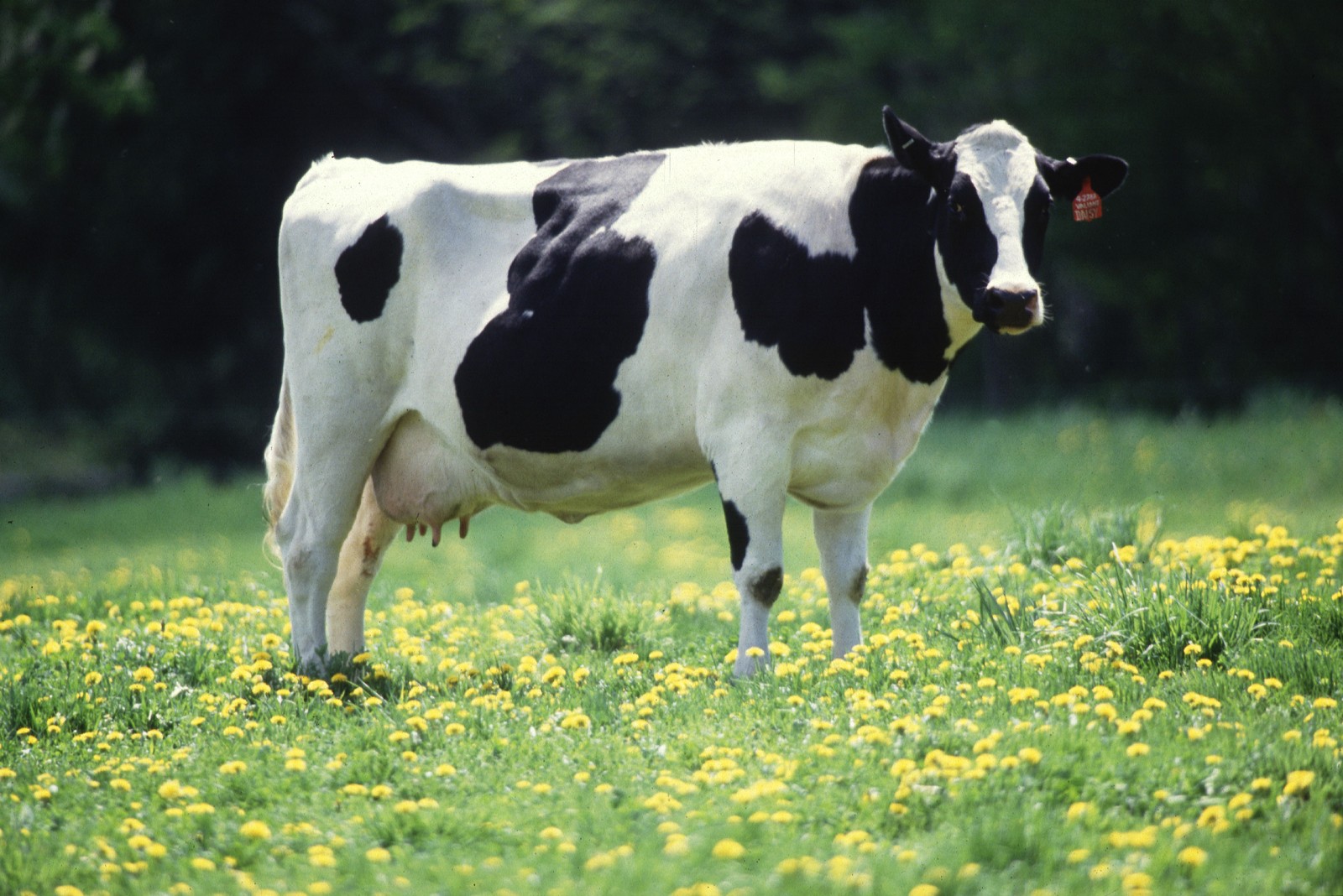
The Holstein’s distinctive black-and-white patterned coat and large frame reflect generations of selective breeding for optimal milk production. This breed’s massive udder capacity and strong dairy characteristics make it the preferred choice for commercial dairy operations worldwide.
Key Physical and Performance Differences
| Feature | Zebu | Holstein Cow |
|---|---|---|
| Average Weight | 1,200-1,500 lbs (544-680 kg) | 1,500-1,700 lbs (680-771 kg) |
| Height at Shoulder | 52-58 inches (132-147 cm) | 58-65 inches (147-165 cm) |
| Milk Production | 1,500-4,000 lbs/year (680-1,814 kg) | 28,000-30,000 lbs/year (12,700-13,600 kg) |
| Heat Tolerance | Excellent | Poor to Moderate |
| Feed Efficiency | High on poor quality feed | Requires high-quality feed |
| Lifespan | 15-20 years | 15-20 years |
Adaptation and Environmental Suitability
The Zebu cattle (Bos indicus) evolved in tropical and subtropical regions, developing remarkable adaptations for harsh environments. Their superior heat tolerance stems from:
- Efficient sweat glands
- Distinctive shoulder hump
- Loose, pendulous dewlap
- Higher skin surface area for cooling
Holstein cattle (Bos taurus) thrive in temperate climates and require:
- Consistent access to high-quality feed
- Temperature-controlled environments
- Regular veterinary care
- Advanced farm management systems
Productivity and Economic Value
Milk Production
Holstein cows dominate global dairy production due to:
- Highest milk yield per cow
- Superior udder capacity
- Efficient feed conversion to milk
- Consistent production throughout lactation
Zebu cattle offer different economic advantages:
- Lower maintenance costs
- Disease resistance
- Dual-purpose potential (meat and milk)
- Ability to produce in challenging environments
Health and Management Considerations
Disease Resistance
Zebu cattle demonstrate natural resistance to:
- Tick-borne diseases
- Internal parasites
- Heat stress
- Foot problems
Holstein cattle require:
- Regular vaccination programs
- Intensive parasite control
- Climate-controlled housing
- Professional hoof care
Breeding and Genetic Considerations
Modern agricultural practices often combine Zebu and Holstein genetics to create crossbreeds that:
- Improve heat tolerance in dairy cattle
- Increase disease resistance
- Maintain acceptable milk production
- Enhance overall herd resilience
Which Breed Is Right for Your Operation?
Choose Zebu if you have:
- Hot, tropical climate
- Limited feed resources
- Basic veterinary infrastructure
- Need for hardy, low-maintenance cattle
Select Holstein if you have:
- Temperate climate
- Access to high-quality feed
- Advanced veterinary care
- Focus on maximum milk production
This comprehensive comparison of Zebu vs Holstein Cow breeds demonstrates how environmental adaptation and selective breeding have created two distinct cattle types, each excelling in their specific agricultural roles. Understanding these differences is crucial for making informed decisions in cattle farming and breed selection.
